by Tim Houghten
Choose where you want to go and figure out how to get there. Sounds easy, right?
International trainer, consultant, real estate investor and speaker Will Duquette empowers people to make as much as six figures an hour. So how did he land this prestigious gig? How does he help you unlock your income potential?
BREAKING THROUGH WITH WILL POWER
Sometimes it can be hard to differentiate the hype from the real deal out there today. There’s a lot of noise and fluff. But you won’t find that when you attend one of Will “Power” Duquette’s high-powered events or one-on-one consulting sessions. The proof is in the results.
Duquette has…
• Helped Shark Tank investor, co-founder and CEO of HSN Direct International, and author of
“Act Now: How I Turn Ideas Into Million-Dollar Products”, Kevin Harrington, to catapult his on-stage sales – with five PowerPoint slides.
• “Never lost a penny in 17 years of investing in real estate.”
• Just “bought” a property with $110,000 in instant equity last week, with no money down.
• Had real estate investing students make $70,000 in less than 30 days after training events.
• Helped the Jax REIA President crush it with a 25% closing ratio.
• Had 12 year real estate veterans raving about the value of his experience.
• Has shared the speaking stage with Donald Trump and Richard Branson.
• Is launching a YouTube challenge to 2016 Presidential candidate Donald Trump.
FROM PAUPER TO MILLIONAIRE MINDSET
Will is dogmatic in his belief and service in helping others to not only achieve their financial goals, but personal dreams and more. In fact, he says, “Anyone can receive great wealth and significance, without needing anyone else’s permission. If they’ll invest in learning, and take action.”
Duquette insists it is this combination of effective training and action that has not only unlocked the massive success potential of his clients, but his own as well. He says there are irrefutable laws like gravity, and our subconscious that run us, and differentiate our results. Through recognizing them and harnessing their power, Duquette empowers leaders to “experience life transformations that stay with you and serve you.”
THE SHIFT
Will Duquette says Donald Trump offers the classic example of how wealthy people think differently. When Trump was $900 million in debt, he didn’t hide like most would. So what did he do? Operating from that millionaire mindset, he attended a cocktail party with those creditors that he owed $900 million to. Gutsy, right. Yet, in a side room at that event, Trump surrounded himself with this mastermind group, and not only seriously discounted this sum, but leveraged their wisdom to craft a massive success plan. Trump is now worth almost $9 BILLION, and is running for U.S. president.
So if you want different results, you’ve got to take different actions.
But beyond just curating the success habits of others; Duquette has lived it himself. When he was young, he was always told that his family couldn’t afford things.
When he found out that he was going to have his own child – that’s when it changed everything, and created a new sense of urgency. He didn’t want that to be the story he had to tell his daughter. Still, he admits that it took several shifts and years for him to make his own ultimate leap. Because most of what he teaches today just wasn’t shared or known back then.
HOW WILL GOT THE POWER IN 7 QUICK STEPS:
1. Got fired from the rat race after calling in sick for having pneumonia
2. Opened his own business
3. Began investing in real estate to make bigger chunks of money
4. Discovered the power of blind faith belief
5. Accepted his ‘license to make mistakes’
6. Learned how to manage and change his own perspective on happiness
7. Decided his apex was in significance through helping others, not just making money
THE 4 KEYS TO WILL’S PERSONAL SUCCESS
When Duquette started on his adventure the close-knit group that was banking huge in speaking and sales weren’t sharing their secrets. They kept those closely guarded. Yet, he found a way. And he credits his own success to four main factors.
• Vowing to never give up
• Modeling success wherever he could find it
• Investing big in education
• Just taking action
Duquette says the really significant quantum leaps came when he forced himself to step out of his comfort zone and chose to “pay more than comfortable with” for better training. In one case that meant putting $10K on a credit card to really learn how to take his game to the next level. And today, Will might not notice if ten thousand dollars dropped out of his billfold on the way to the podium.
UNIQUE PERSPECTIVES ON REAL ESTATE
Duquette trains real estate speakers and investors, and still invests in real estate himself. While you may find him gracing the stage at events in London, Prague, and Germany, Duquette’s home base is in Jacksonville, FL. While often overlooked by others; ‘Jax’ is the largest city in the contiguous United States, and the most populous city in Florida. It has also been praised by RealtyTrac as offering the biggest profit margins for house flippers. But you don’t have to tell Duquette that. He once bought a half a million dollar home with just $10 out of pocket, and has mastered a transaction engineering skill set that allows him to invest in many properties with nothing down. Duquette says it is all about “looking for problems and finding solutions.”
While he says that world travel and international training has revealed that all people essentially have the same fears, challenges, and belief issues, he himself certainly has a unique perspective, and style, that is proving itself with dollars and changed lives. He claims to be perhaps one of the only people to not have lost a penny in 17 years of real estate investing. His high energy, experiential real estate events that include live deal making have produced profits for attendees before they are done with their homework.
And the ‘Profits in Pretty Houses’ course is reportedly one of the first and only to include a flow chart so that investors are never stuck, or wondering what comes next.
Looking forward Duquette says the market is just like it was seventeen years ago, only better. “Because all the fundamentals are right, but others are scared to take advantage of the opportunities on sale.” As well as noting that rather than hurting his business, “massive buying sprees by hedge funds have actually helped” his business, as “they have depleted inventory levels”, and make his properties more in demand.
CHOOSE WHAT YOU WANT & DUQUETTE WILL UNLOCK YOUR POWER TO ACHIEVE IT…
Will “Power” Duquette offers sales, confidence, and personal development training, real estate speaker training, speaker services, real estate investment courses, and one-on-one consulting. Find out how to get more of what you want at www.willpowerduquette.com.


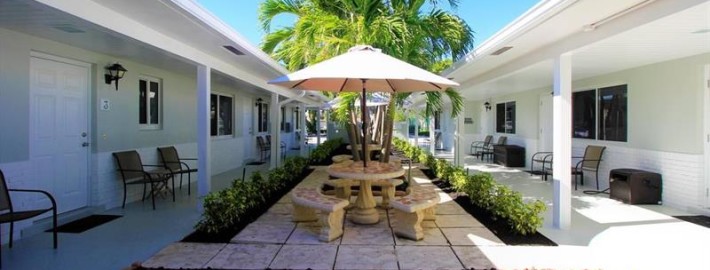
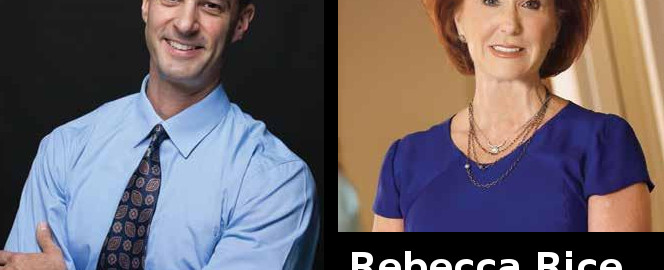
 Beam, who started as a real estate investor in Florida said, “We worked awfully hard to make our money. And it seemed like someone was always standing there at the end of the day with their hand out to take our money. Closing costs, fees, taxes, interest rates.” He felt there had to be a better way.
Beam, who started as a real estate investor in Florida said, “We worked awfully hard to make our money. And it seemed like someone was always standing there at the end of the day with their hand out to take our money. Closing costs, fees, taxes, interest rates.” He felt there had to be a better way. Rice discovered Nelson Nash’s book,
Rice discovered Nelson Nash’s book,  “The simplest way to use your Living Benefits policy is with hard money lending,” Beam says. “There are hundreds and hundreds of folks out there who are in need of hard money lending.” Beam works through organizations that send out leads for people who want to borrow the amount of money you have to invest —whether that’s $10,000 or $150,000 or more.
“The simplest way to use your Living Benefits policy is with hard money lending,” Beam says. “There are hundreds and hundreds of folks out there who are in need of hard money lending.” Beam works through organizations that send out leads for people who want to borrow the amount of money you have to invest —whether that’s $10,000 or $150,000 or more.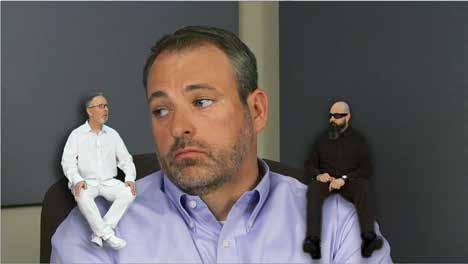
 Whether it is new appraisal systems that have been created to generate additional revenues for other providers, or demanding a written, verified, and quality controlled ‘confession’ of your life’s deeds, there is a new status quo in underwriting. While in some ways it has become easier to qualify for a loan on the surface, getting from loan application to closing may take an army of 300 Spartans guiding you home with sharp spears and over-sized shields. So while CoreLogic reports there are still some almost 15 million underwater and “under-equitied” homes in America, in addition to a fresh batch of foreclosures in 2015, real estate investors still need a fearless and wise guide to unlock the potential out there, and optimize financial leverage.
Whether it is new appraisal systems that have been created to generate additional revenues for other providers, or demanding a written, verified, and quality controlled ‘confession’ of your life’s deeds, there is a new status quo in underwriting. While in some ways it has become easier to qualify for a loan on the surface, getting from loan application to closing may take an army of 300 Spartans guiding you home with sharp spears and over-sized shields. So while CoreLogic reports there are still some almost 15 million underwater and “under-equitied” homes in America, in addition to a fresh batch of foreclosures in 2015, real estate investors still need a fearless and wise guide to unlock the potential out there, and optimize financial leverage. To not just survive this long in the mortgage industry, but thrive and grow, and have investor clients coming back for dozens of transactions as they grow their income property portfolios, requires a mind that plays on a whole other level than the thousands that have fallen into the abyss.
To not just survive this long in the mortgage industry, but thrive and grow, and have investor clients coming back for dozens of transactions as they grow their income property portfolios, requires a mind that plays on a whole other level than the thousands that have fallen into the abyss.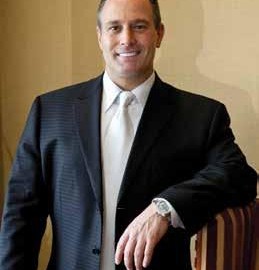

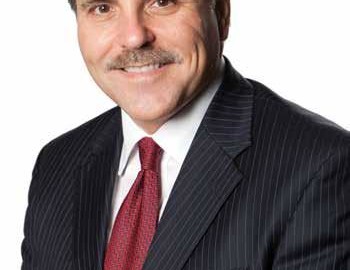

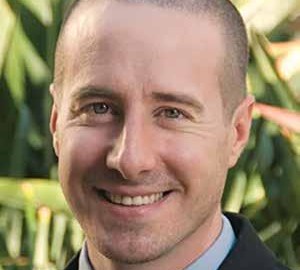

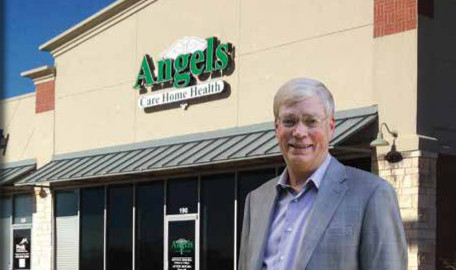
 It’s generally easier to manage one large property through a professional property management firm than to manage scattered single-family homes. Also the business tenants you get in retail or office space are usually of higher quality than most residential tenants. Business tenants have higher credit/risk scores, have pride of ownership in their businesses and want to protect their livelihoods. As a result, they have an interest in taking care of the property.
It’s generally easier to manage one large property through a professional property management firm than to manage scattered single-family homes. Also the business tenants you get in retail or office space are usually of higher quality than most residential tenants. Business tenants have higher credit/risk scores, have pride of ownership in their businesses and want to protect their livelihoods. As a result, they have an interest in taking care of the property. Commercial leases are typically 5-10 years in length vs. annually for single-family homes. Additionally, commercial leases include annual bumps in rent and options to-renew. As a result of all these factors, cash flows are more predictable.
Commercial leases are typically 5-10 years in length vs. annually for single-family homes. Additionally, commercial leases include annual bumps in rent and options to-renew. As a result of all these factors, cash flows are more predictable.
 Kaaren Hall, owner of uDirect IRA Services in Orange County, Calif., says even after more than two decades in the financial industry and four years of running her company she too must continually stay on top of her investment education particularly regarding Internal Revenue Service guidelines for retirement accounts.
Kaaren Hall, owner of uDirect IRA Services in Orange County, Calif., says even after more than two decades in the financial industry and four years of running her company she too must continually stay on top of her investment education particularly regarding Internal Revenue Service guidelines for retirement accounts.
